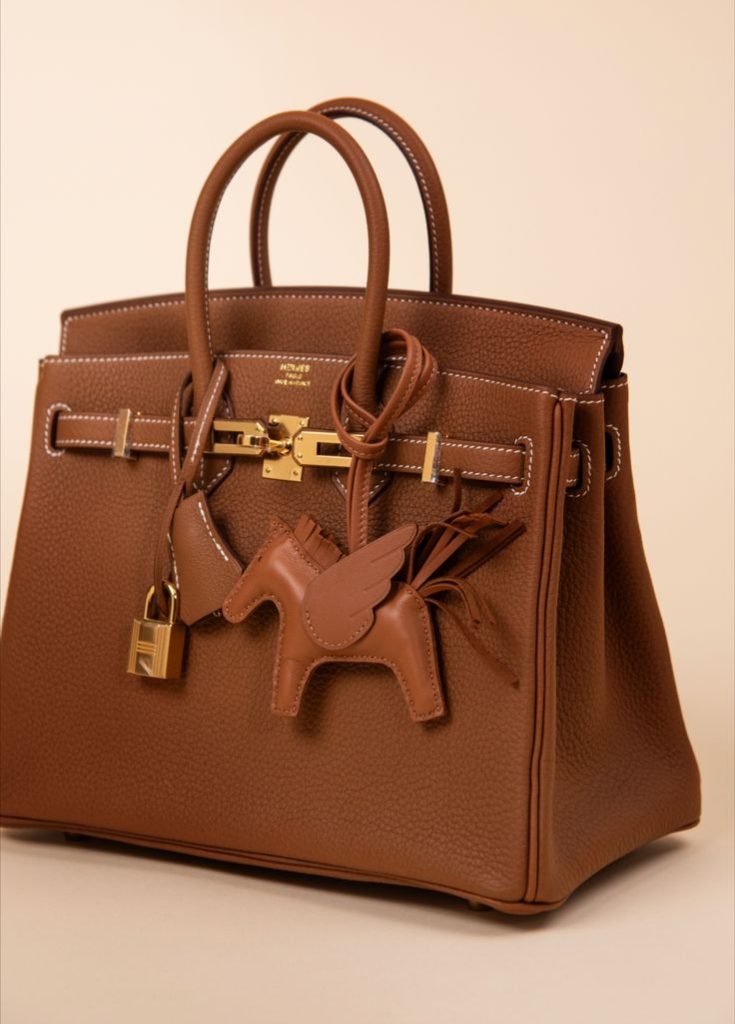Hermès bags occupy a unique and often bewildering position in the luxury market. While other high-end brands produce beautiful and costly accessories, Hermès, particularly with its Birkin and Kelly bags, operates on a different plane of exclusivity and price. This phenomenon is not accidental; it’s the result of a meticulously crafted strategy rooted in a confluence of factors: unparalleled craftsmanship, deliberate scarcity, a rich heritage, and their status as a tangible investment. Understanding these elements reveals why Hermès bags are not just expensive, but truly in a league of their own.
Uncompromising Craftsmanship and Materials
At the core of every hermes bags value is an unwavering commitment to the highest possible standards of craftsmanship. Each Birkin or Kelly bag is a masterpiece, meticulously handcrafted by a single artisan from start to finish. This process can take anywhere from 18 to 48 hours, ensuring consistency and an intimate connection between the maker and the product.
Hermès sources only the world’s most exquisite materials. Leathers like Togo, Epsom, and Clemence are chosen for their exceptional quality, durability, and aesthetic appeal. For exotic skins such as crocodile, alligator, and ostrich, the selection process is even more stringent, with only a tiny percentage of hides meeting Hermès’s rigorous criteria. The hardware, often plated in palladium or gold, is equally luxurious and precisely engineered. This dedication to superior materials and artisanal techniques results in bags that are not only beautiful but incredibly durable, designed to last for generations.
The Strategy of Deliberate Scarcity
Perhaps the most significant driver of Hermès’s exclusivity and high prices is its intentional strategy of scarcity. Unlike many luxury brands that aim to meet demand, Hermès actively limits the supply of its most coveted bags. The infamous “quota bag” system means that iconic styles like the Birkin and Kelly are rarely, if ever, displayed on boutique shelves. Instead, they are offered to clients who have cultivated a long-standing relationship and significant purchase history with the brand.
This controlled distribution creates an intense demand that far outstrips supply, fostering an aura of extreme desirability and making the bags symbols of status and achievement. The difficulty in acquiring these bags directly from a boutique pushes many buyers to the secondary market, where prices often soar far above retail, further solidifying their perceived value.
Rich Heritage and Timeless Design
Hermès boasts a heritage dating back to 1837, originally as a harness workshop. This deep history in equestrian craftsmanship instilled a philosophy of functionality, durability, and timeless elegance that continues to define its bags. Designs like the Kelly (dating back to the 1930s, popularized in the 1950s) and the Birkin (1980s) have remained largely unchanged, transcending fleeting fashion trends.
Their classic silhouettes, clean lines, and absence of overt branding (beyond the subtle heat stamp and hardware) ensure they remain perpetually stylish. This timeless appeal means that an Hermès bag purchased today will be just as relevant and chic decades from now, contributing to its enduring value and desirability.
Investment Potential and Resale Value
For many, an Hermès bag is not just a purchase; it’s an investment. Unlike most consumer goods that depreciate immediately, iconic Hermès bags, particularly the Birkin and Kelly, have a remarkable track record of retaining, and often increasing, their value on the secondary market. Studies have even suggested that Birkin bags have outperformed traditional investments like gold and the stock market over certain periods.
This strong resale value is a direct consequence of the scarcity, demand, and enduring quality. It allows owners to view their bag as a tangible asset, providing a unique blend of aesthetic pleasure and financial prudence. This investment potential further justifies their high initial cost.
In conclusion, the exclusivity and expense of Hermès bags are not arbitrary. They are the culmination of unparalleled craftsmanship, a masterful strategy of scarcity, a rich and enduring heritage, and their proven ability to act as valuable investments. These factors combine to create a phenomenon where an Hermès bag is not just a luxury item, but a coveted piece of art, history, and financial asset.


